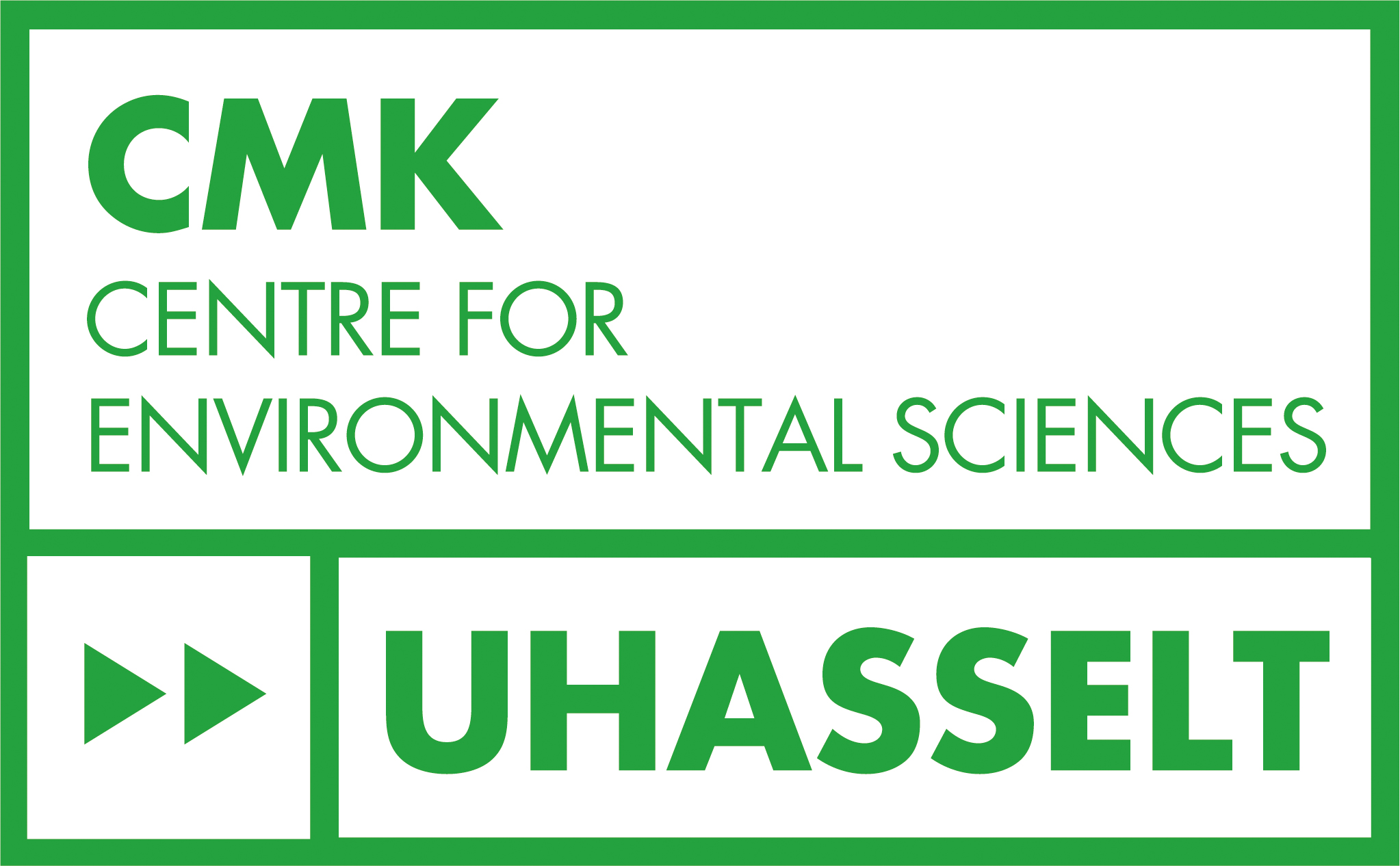UHasselt Campus Diepenbeek


View the content of this page
Databases and model organisms
Databases
- Environage: The ENVIRONAGE (Environmental Influences on Early Ageing) birth cohort is a longitudinal study that aims to investigate the influence of environmental exposures during pregnancy and early life on the health of children. Recruitment occurs at birth and the first follow-up occurs at the age of four to six years, and at the pre-adolescent age. It was initiated in February 2010 as a collaboration between Hasselt University and East-Limburg Hospital in Genk, Limburg, Belgium. Currently, it consists of 2.000 newborns with accompanying biobank, questionnaire data and cognitive and cardiovascular phenotypes at 4 years of age
- FungalRoot: The currently globally largest database containing information of mycorrhizal type and mycorrhizal colonization intensity of vascular plants
- Global map of distribution of mycorrhizal plants: the map contains data about fractions of biomass of mycorrhizal plants in vegetation (separately for arbuscular mycorrhizal plants, ectomycorrhizal plants and ericoid mycorrhizal plants) at spatial units of 10 arcmin, and about biomass of mycorrhizal plants at spatial units of 15 arcmin
Model organisms
- Model plants used for fundamental research (Arabidopsis) to model crops with high economic value (wheat, tomato, rapeseed, beans, poplar, alfalfa)
- Mutants are used in fundamental research to unravel pathways to a high level of detail
- Different varieties or cultivars are investigated for their natural differences that are useful in applied research to select the most suitable for certain traits
- Schmidtea mediterranea, an invertebrate model for stem cell and regeneration research
- Different cell lines and cell cultures to assess cell type - specific effects: human mesenchymal stem cells and Caco 2/HT29 MTX E12/Raji B intestinal cells
- Unique bacteria collection (> 5000 identified strains) including plant growth promoting bacteria, metal resistant bacteria, organic degrading/detoxifying bacteria
Assessments
Risk assessment and toxicity assays
- In vitro and in vivo screening assays for genotoxicity and carcinogenicity testing, such as the comet assay and Neomodels. Neomodels is an in vivo invertebrate assay based on stem cell dynamics (EP15159158.3)
- SAFETY96 (patent pending) is a fast in-house screening platform to estimate plant toxicity and yield
- Carbon black (EP15159158.3) The Carbon Black test is a novel method to measure black carbon particles in a label-free way in urine
Climate impact risk analyses
Using the Ecotron infrastructure, we examine how future climate (I.e district scenarios of climate change) affect functioning of terrestrial ecosystems and organisms, in natural and human-modified environments. We also provide (experimental) assessments of performance of agricultural and industrial technological solutions in conditions of future climate.
Biodiversity assessments
We provide quantitative assessments of composition, diversity and functional profiles of soil microorganisms and invertebrate communities. In connection to the Ecotron facility, examining the diversity and functioning of soil communities in future climate is possible.
Sustainability assessment of clean technologies
Standard life cycle analysis (LCA) and techno-economic analysis (TEA), techno-sustainability analysis and societal TEA.
Scientific infrastructure
Breeding facilities
CMK accommodates fully operational growth infrastructures for organisms of all sizes and with varying conditions that can be controlled (listed from low to high level of control):
- Outdoor mesocosms and a greenhouse
- Fully controlled climate rooms and growth chambers
- Incubators to grow microorganisms
- Cell culture facilities
Equipment for molecular and cellular analyses
- qPCR, ddPCR and pyro-sequencing systems for specific detection and quantification of nucleic acids
- Gel electrophoresis and blotting systems for nucleic acids and proteins
- Qubit and nanodrop to accurately measure DNA, RNA, and protein concentrations
- Flow cytometer, on the one hand to characterize cells, cell cycle dynamics and protein expression on a single cell level, on the other hand to quantify nuclei and their ploidy levels
Equipment for imaging
- State-of-the-art microscopes to support imaging from morphology to mechanism
- Imaging systems (chemiluminescence, fluorescence) for quantification and image analyses
Equipment for biochemical analyses
- HPLC, ICP-OES and ICP-MS are high-tech analytical systems to identify and quantify specific biological compounds or chemical elements
- Two conventional pyrolysis systems: one lab system at 100 g batch scale and one semi-industrial system at several kgs semi-continuous scale
- Microwave pyrolysis: a lab system at 1 kg scale
- Calorific values of solid and liquid samples are measured as higher heating values (HHVs) with an IKA C5003 calorimeter equipped with an IKA KV 600 Digital water cooler. Measurements are executed in dynamic mode and the calibration of the system is performed with benzoic acid (palleted, C723)
- Spectrophotometry is used to analyse a broad range of molecules or their activity: concentrations of bacteria or protein, concentrations or activity of biological compounds
Plant physiology equipment
Environmental Nuclear Technologies
- High Purity Germanium spectrometer (HPGe BeGY) for gamma spectroscopic analysis and Liquid Scintillation Counter (LSC) + dedicated pre-treatment laboratory for analysis of industrial residues, construction materials and liquid materials
- Portable systems & mobile instruments for gamma, neutron and contamination analysis: NaI and LaBr3 scintillators (inspector 1000), CZT (CdZnTe) semiconductor, Gamma camera (Advapix-Timepix 3 CdTe detector), portable small (2 x 5 l plastic scintillator detectors) and large (2 x 25 l plastic scintillators) detection portals, Berthold Neutronen survey detector, Berthold Contamination monitor
- Indoor radon investigation, radon exhalation/emanation from construction materials: Sarad Radon Scout, Sun Nuclear radon monitor, Radon Eye, exhalation chambers and Blower door system for airtightness evaluation
Equipment for Medical Dosimetry
- Electron Paramagnetic (EPR) spectrometer used for assessing the dose delivered to alanine EPR detectors place in patient substitute and validate the accuracy of cancer treatments
- Film scanner A3 document scanner used to 2D dosimetry using gafchromic films
- Ionisation chamber and electrometer that gives us the possibility to perform dose measurements in clinics
